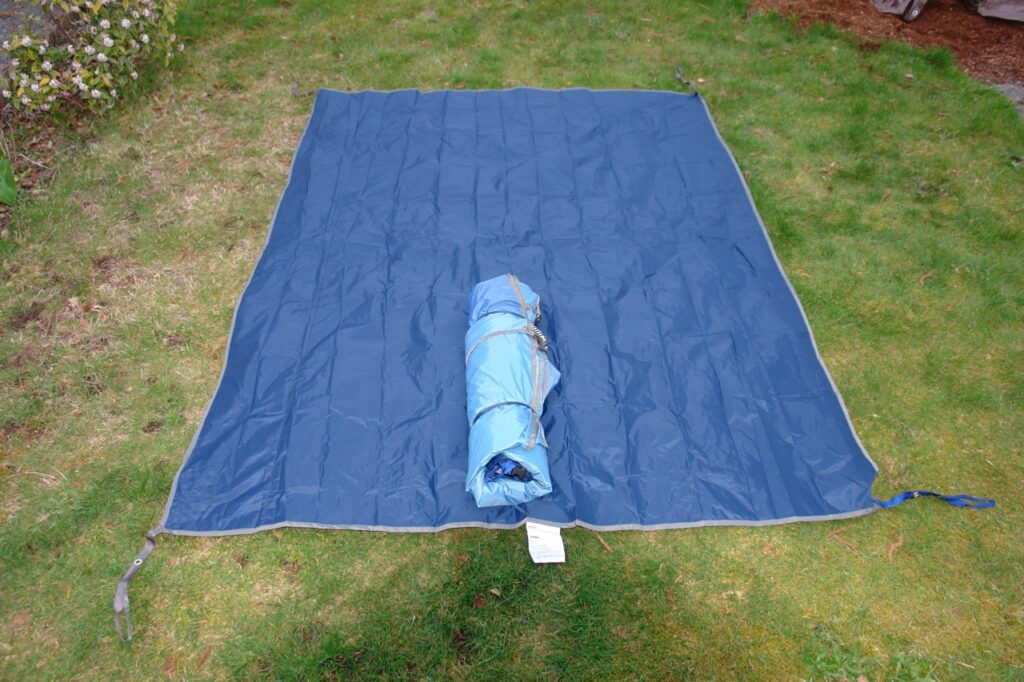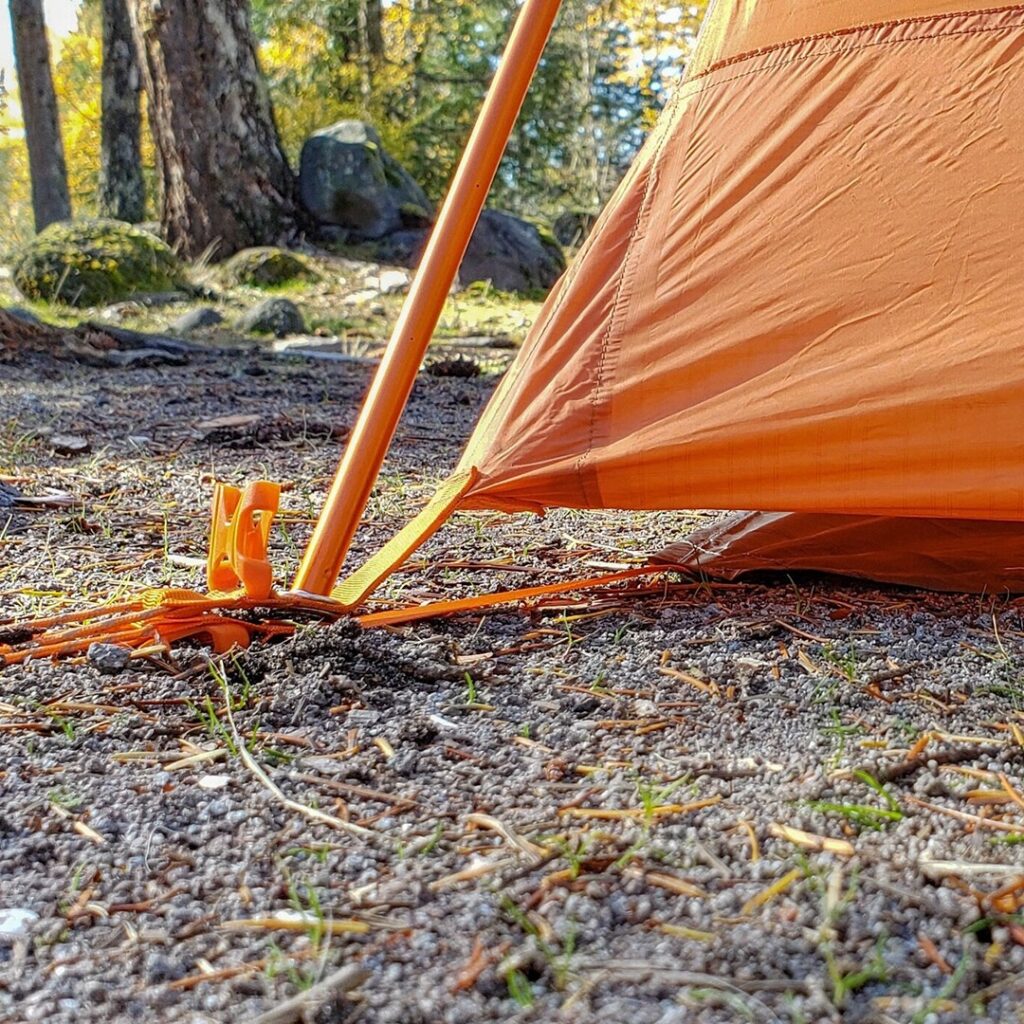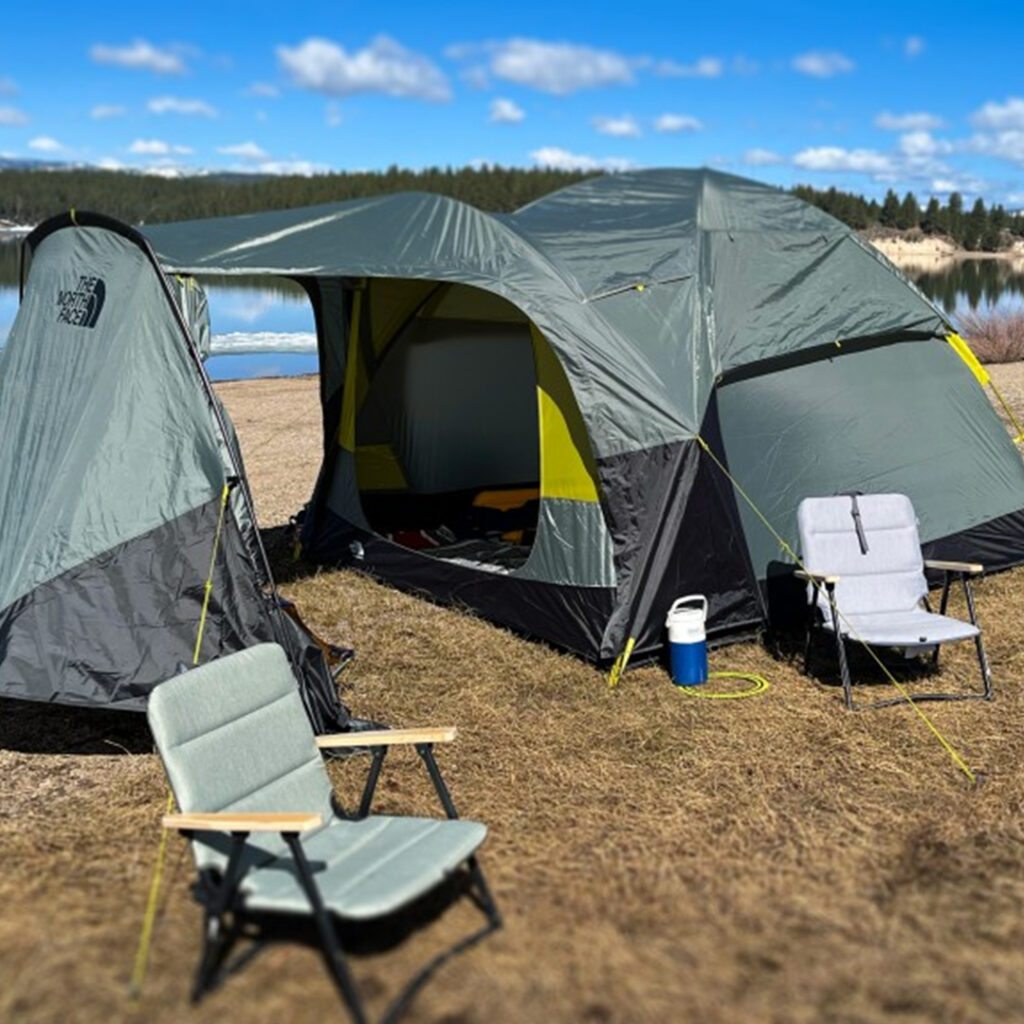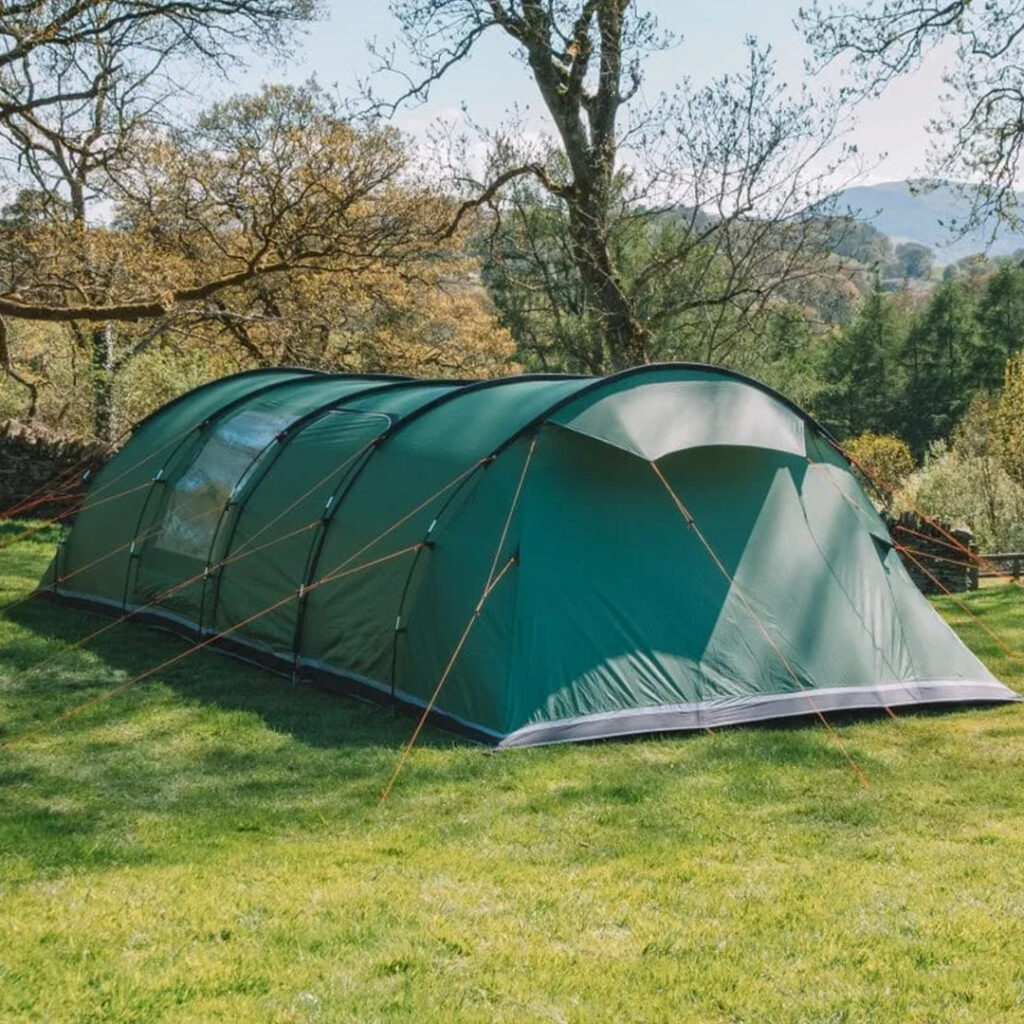What is a Tent Footprint | Universal Tent Footprint
What is a Tent Footprint size? The footprint is also referred to as a piece of cloth or sheet; a tent print is a waterproof sheet that’s retained between the tent floor and the forest floor.
The footprints are designed to stopover wear and tear on the tent floor. Do you need a tent footprint? A tent footprint can stop or aid any abrasions or ruptures caused by sand, sticks, or stones on rough, sandy ground.
They can also help with various other things: preventing water from seeping into the tent, cushioning the ground, insulating the floor, keeping the tent clean, etc. It is the first thing to stop before setting up your tent. Let’s delve into it.
What is a Tent Footprint | Why do I need a Footprint?
Protect the shelf life of the tent. How to use a tent footprint? By far the largest and main use of a footprint is to protect your tent floor. Your tent floor takes a lot of abuse – think about the weight of your body spinning around,
And around at night as you grind the tent floor into the rocky ground. In the process, it can quickly wear down and damage the fabric.If it is not protected, the tent’s floor will deteriorate much faster than the rest of the tent.
It’s less expensive to change a groundsheet than a tent’s replacement; it is a tent footprint worth it. Tents are expensive, and I prefer to extend life as long as possible. Protect your floor means to extend the life of the tent and save cash.

Waterproofing: Heavy rain can soak the forest floor and act like a sponge, wetting your tent when set up on top of it. The second extra layer of a footprint will prevent rain from seeping up into your tent, soaking your sleeping bag, clothing, etc.
Most mornings, you won’t have time to dry off the morning dew before packing up your tent. Your ground cloth will soak up a lot of that mud and moisture, preventing the potential build-up of mold and mildew in your tent. It is also much easier to clean and clean your footprint than the entire body of the tent.
Cushion, Insulation and Position of Tent Footprint
Cushion and Insulation: Your body will not heat or cool the ground below you very much. Rather, your body will take in and feel the temperature of the ground. That is why a thick mat with a high R-value is so important.
However, especially if you’re trying to keep it ultra-light and minimize every ounce, a tent footprint can add a dash of extra insulation from the floor, as well as provide a dash of extra cushion.
Easy positioning: Finding a decent tent site can be challenging. Even if the space looks great, you may find that it is too small to fit in your tent, or too uneven, etc.
Due to the minimalist size of a footprint, it is very easy to place it on the ground and size your site. I also often lie on the tread before installing it to ensure the ground is flat and level.
What are the best Footprints
What is a Tent Footprint? The best tent tracks, especially for ultralight backpackers or hiking, are DIY. In my (humble) opinion, the factory options designed specifically for your tent are not good.
They are typically expensive (some are over $ 40) and are available with clips and buckles to connect them to the tent, making them unnecessarily heavy.
Back to the DIY options: Most ultralight backpackers use one of these. They are all super cheap and ultralight.
A sheet of painter’s canvas (or polychrome). My favorite. I use a 2mm thick blade, which is a great alternative as it only weighs a few grams and fits in my pocket. Only $ 2 at the hardware store.
The “Tyvek tent footprint”. A variety of flash spun high-density synthetic resin fibers are frequently used to defend buildings throughout construction.

What is a Tent Footprint, other choices contain “shrink” plastics that are used to seal windows and doors in the cold season?
Don’t worry about accessories – your body weight will keep it in place underneath. If you have strong winds and you are concerned that it might fly if you are not inside the tent, place your gear (or a heavy stone) on top. also see this
Do I really need a footprint for my shop?
Certainly carp footprints are not necessary, but they can help extend the life of the carp. If you have an ultralight tent with a low denier floor, it might be worth spending the extra dollars on a footprint or making your own.
How to Make Your DIY Footprint
Step 1: How to make a tent footprint? Obtain your chosen material at the hardware store or online. Just make sure it is larger than the dimensions of your tent floor. Example: A 1-person tent can be 7 feet long by 3 feet wide.
Step 2: Lay the tarp on the ground and place your tent on top.
Step 3: Get a marker and trace the floor of your tent. If your tent has a rounded floor, try to keep it as level with the ground as possible for a more accurate edge. Be careful not to leave any markers in the tent.
Step 4: Cut approximately 2 inches inside the edge of the drawn line. The idea here is to make your tent footprint slightly smaller than the floor of your actual tent. Otherwise, it would capture any rain runoff and collect underneath.




